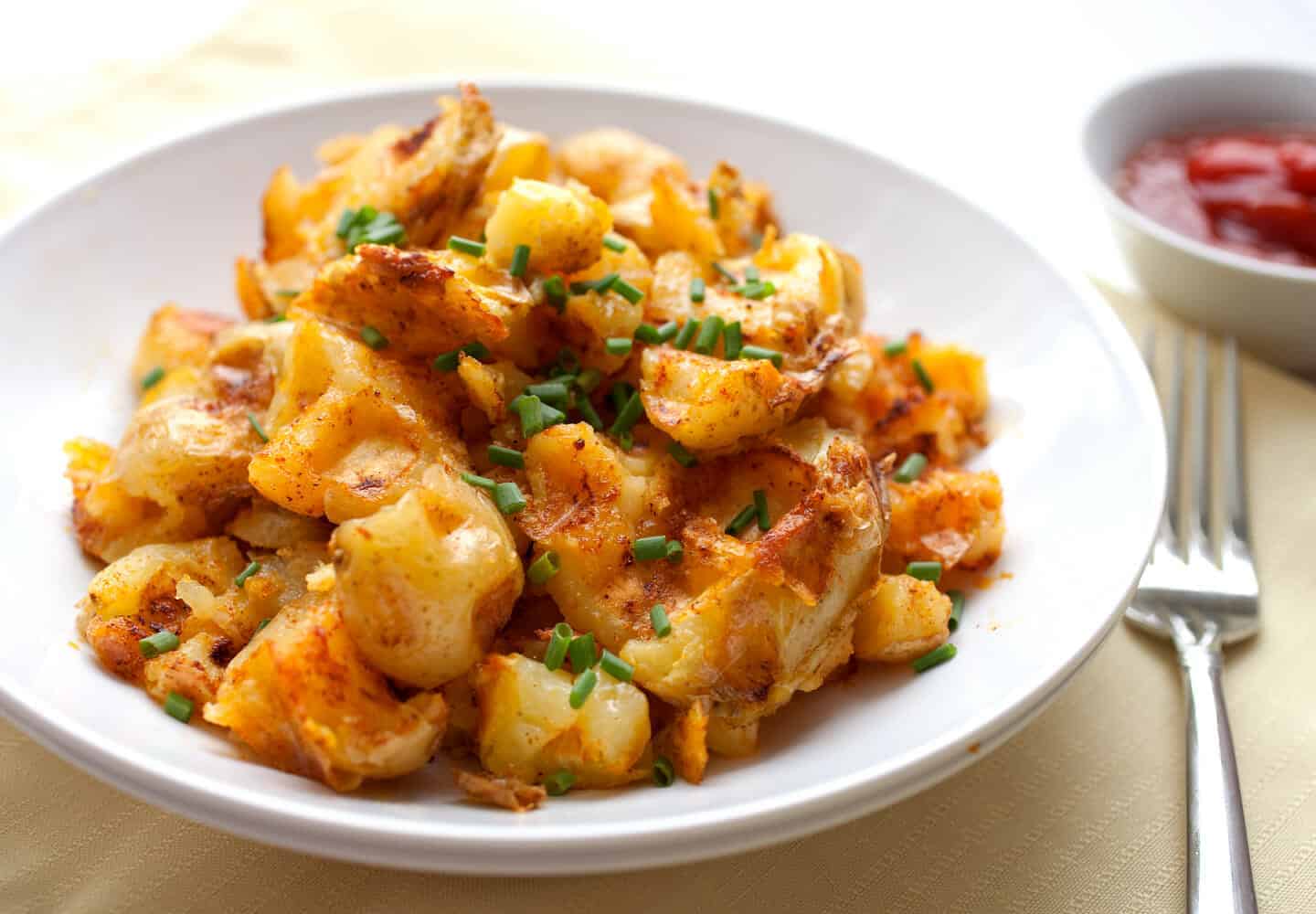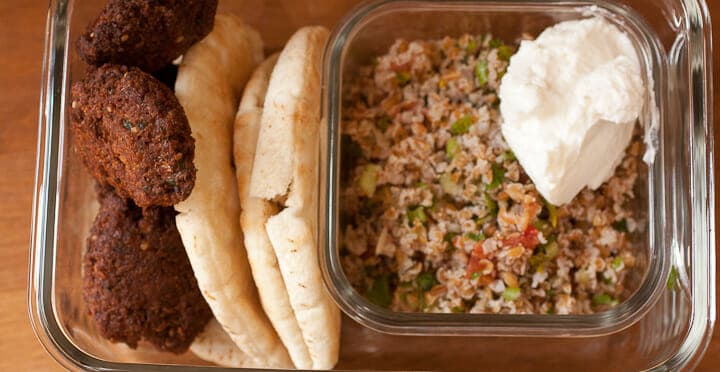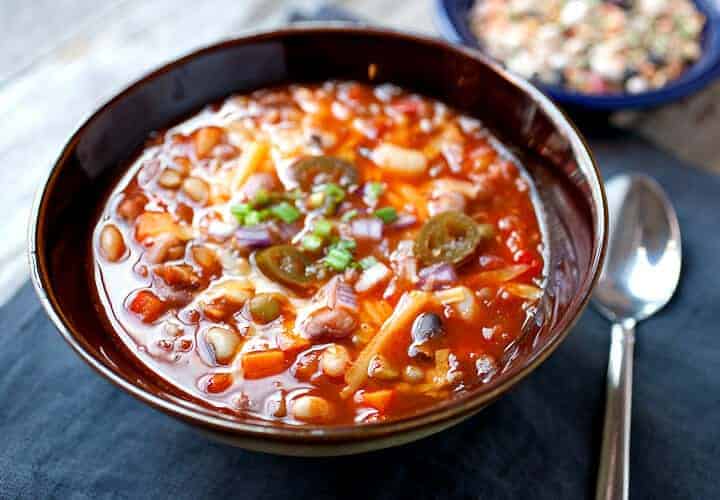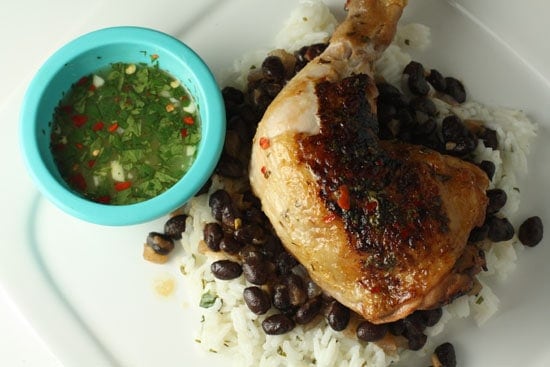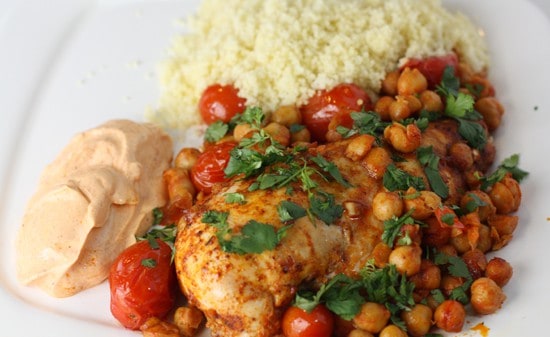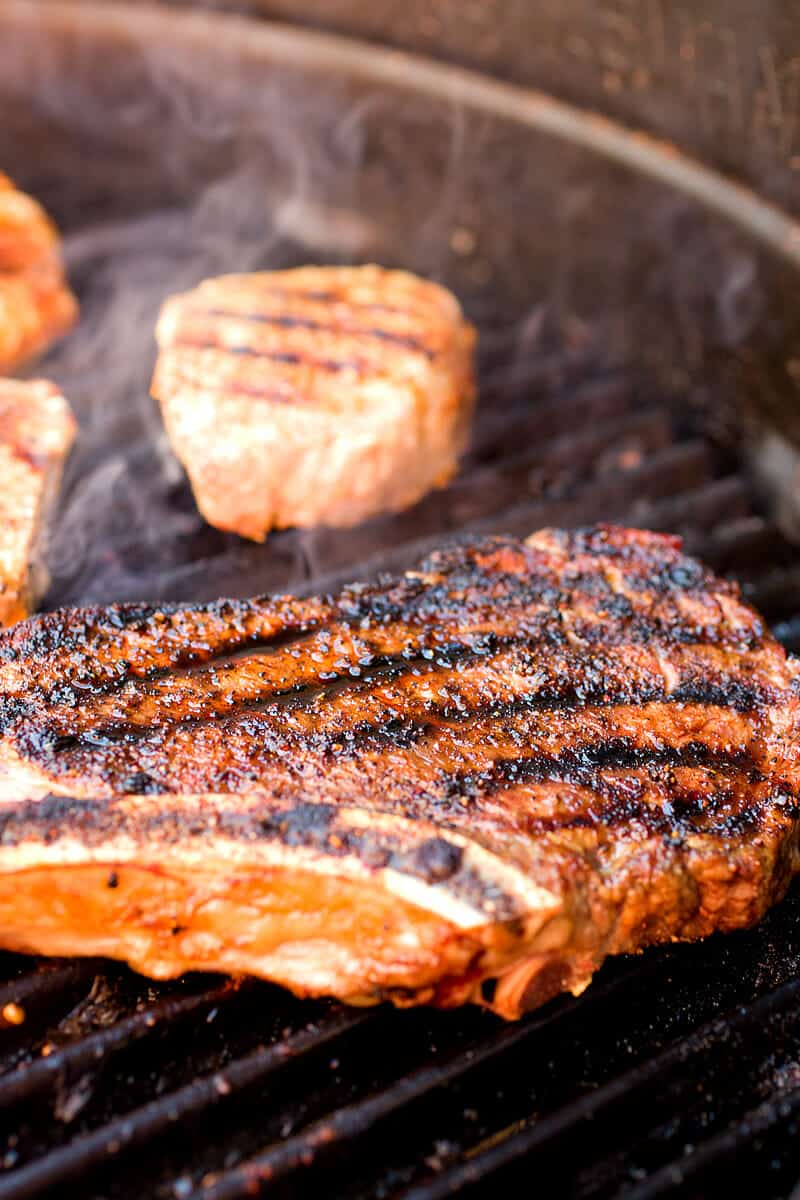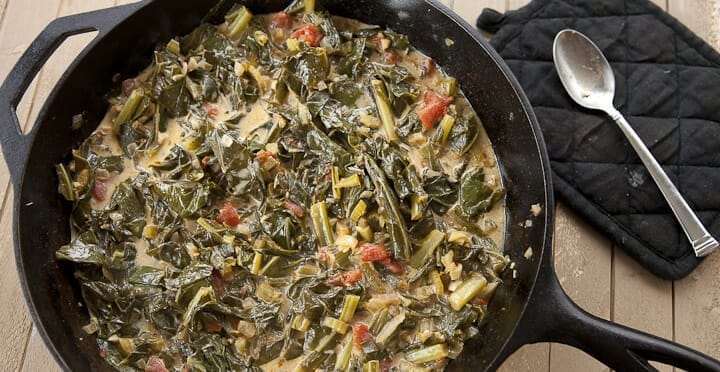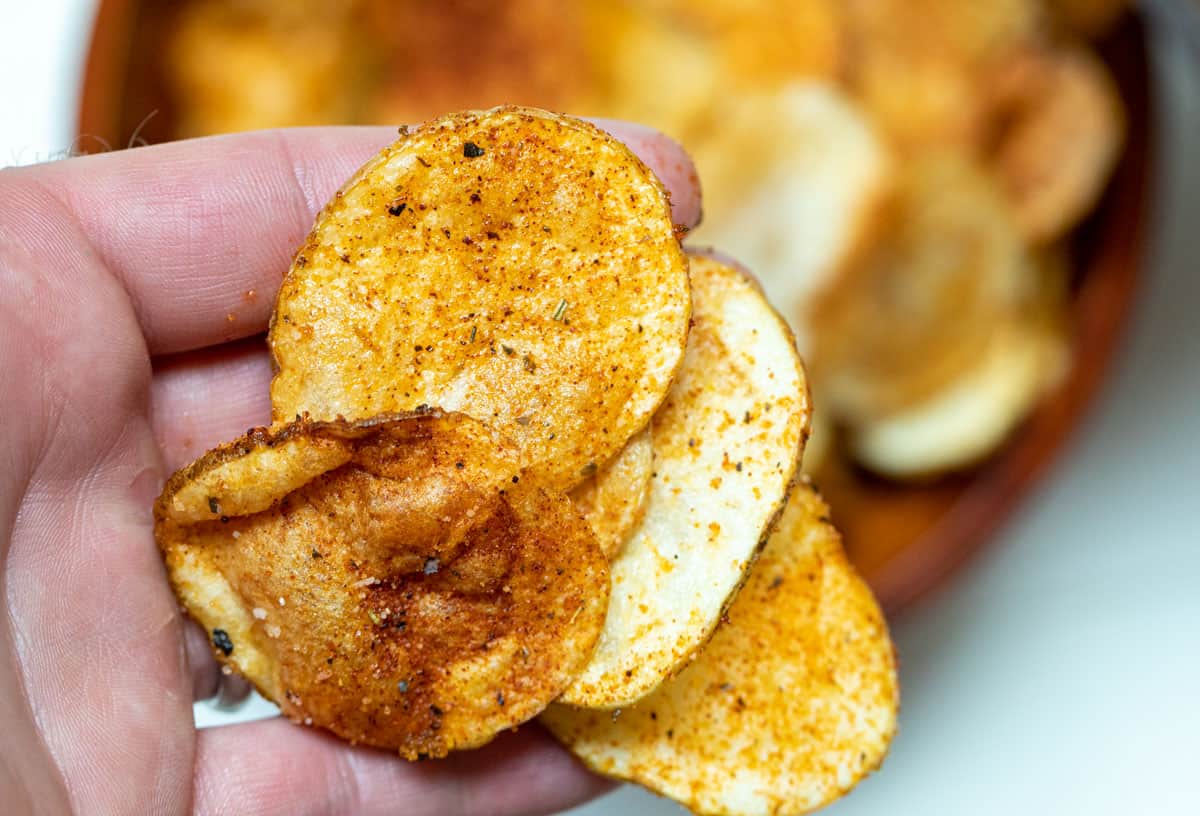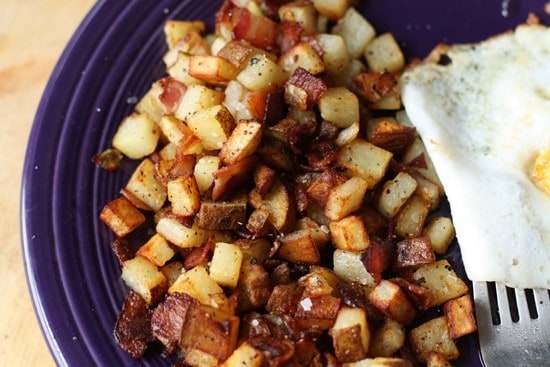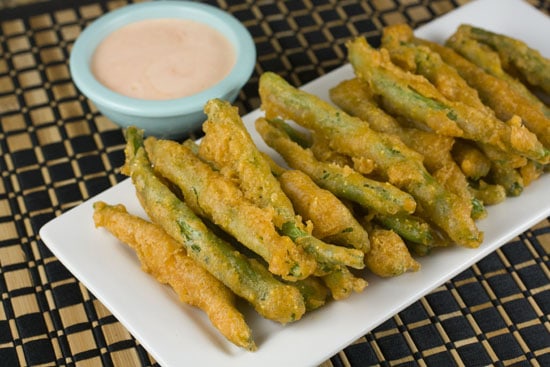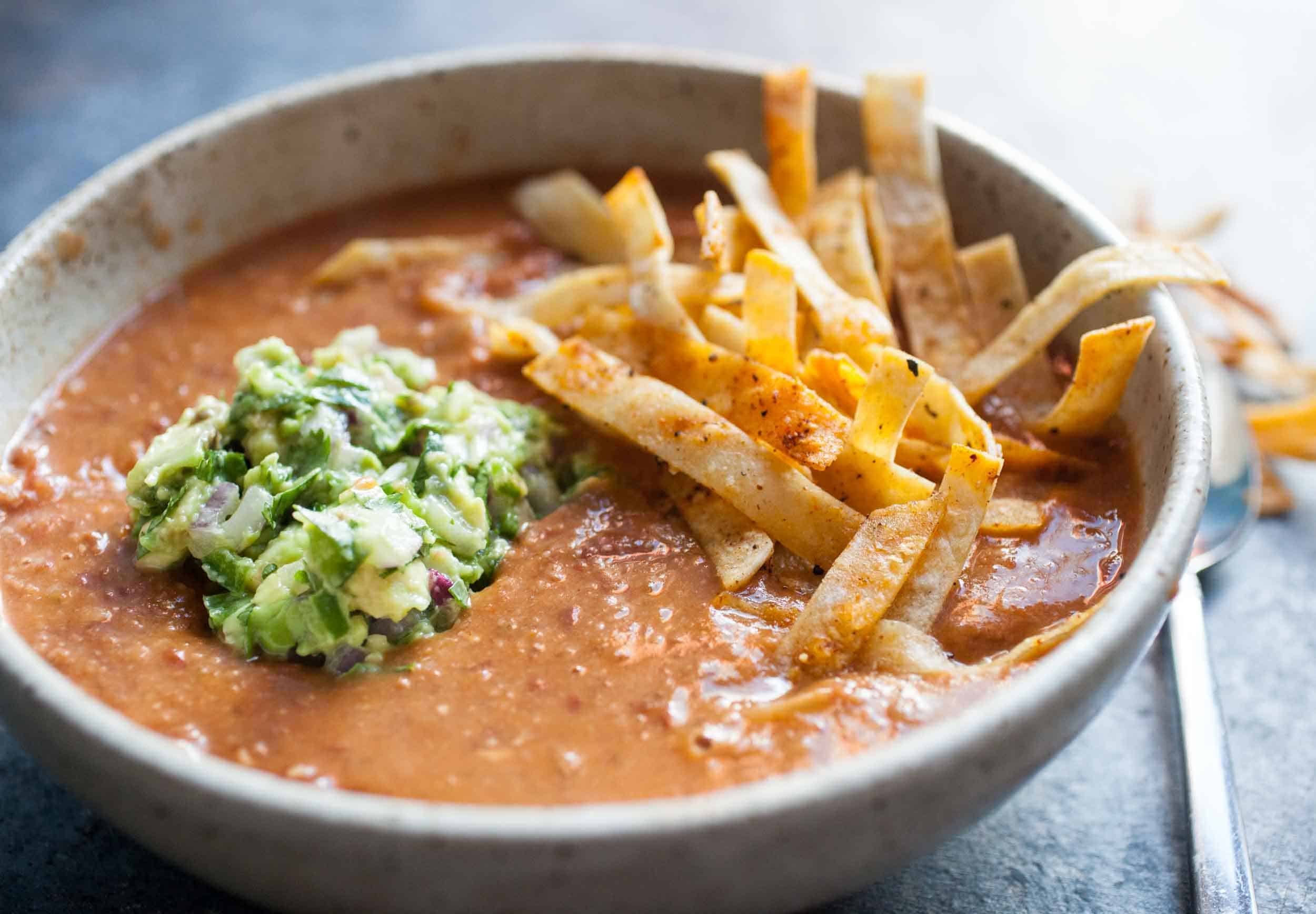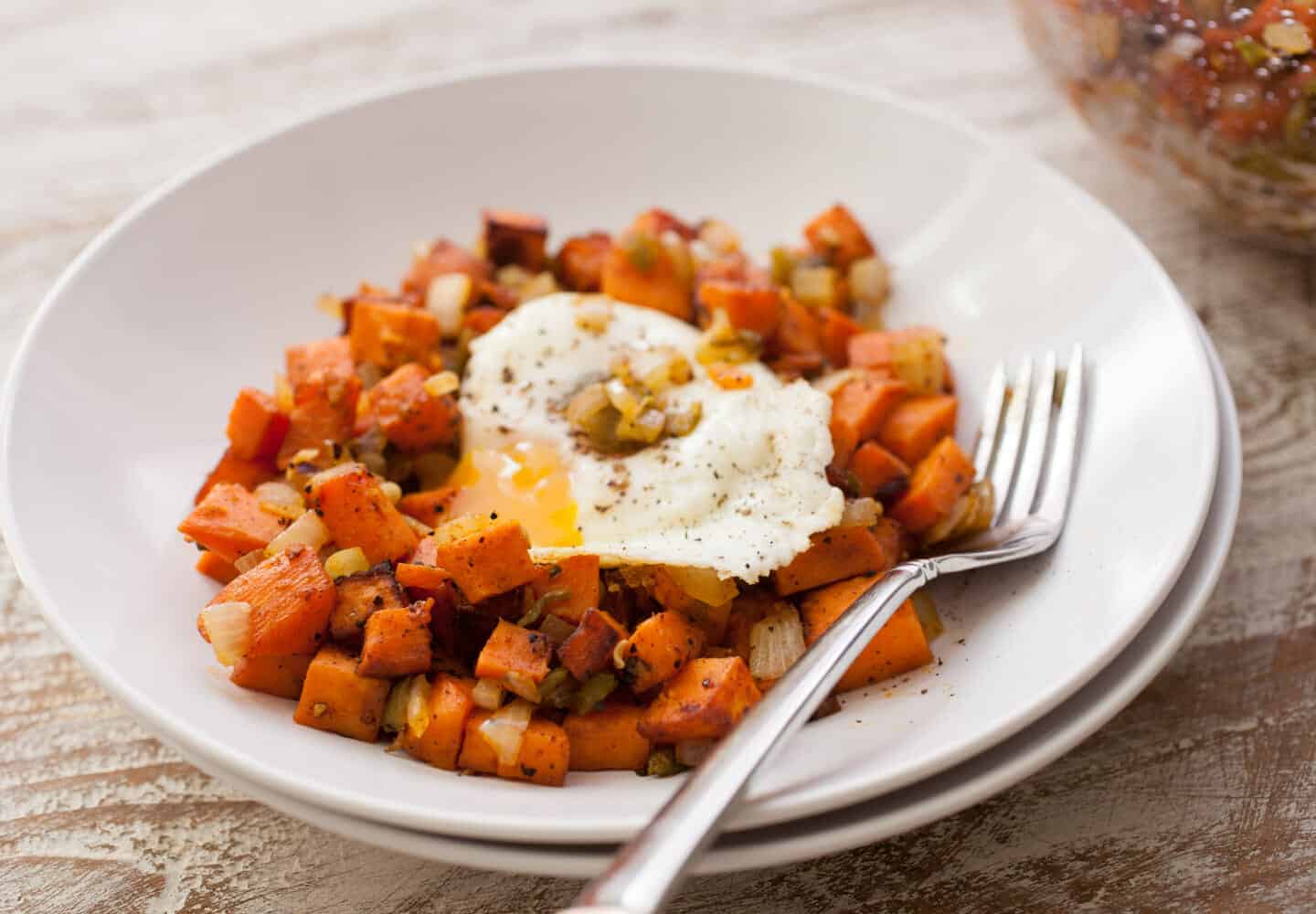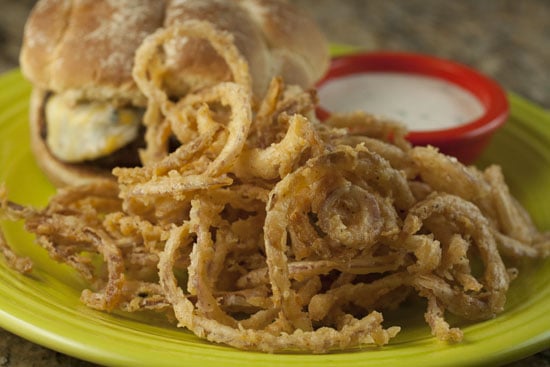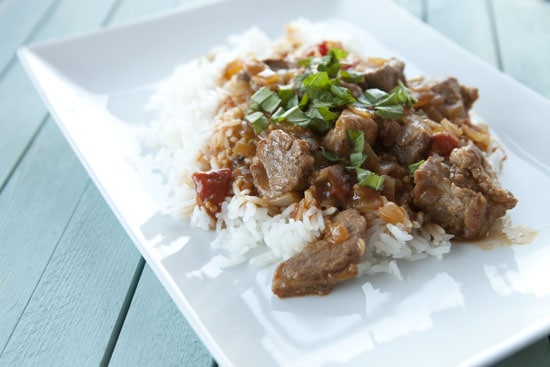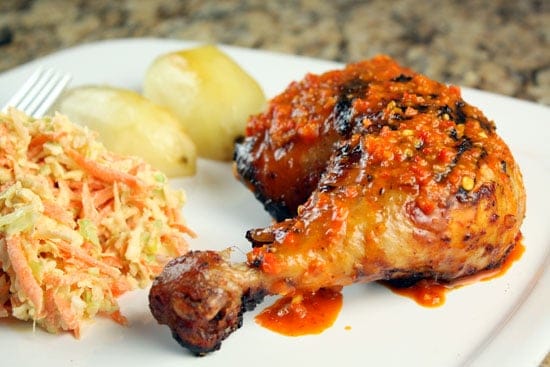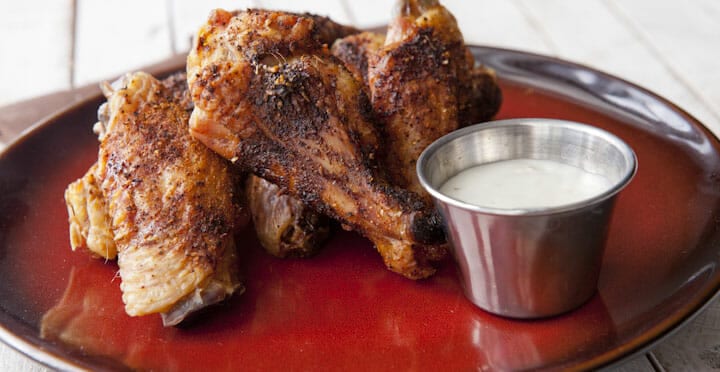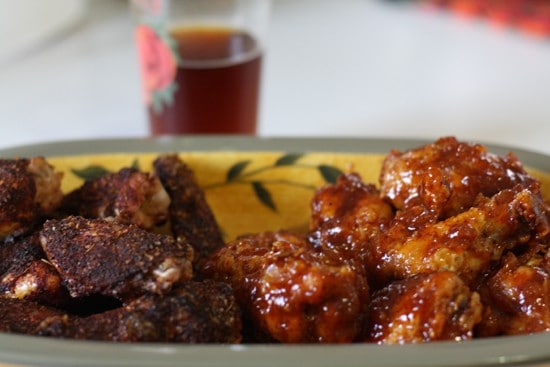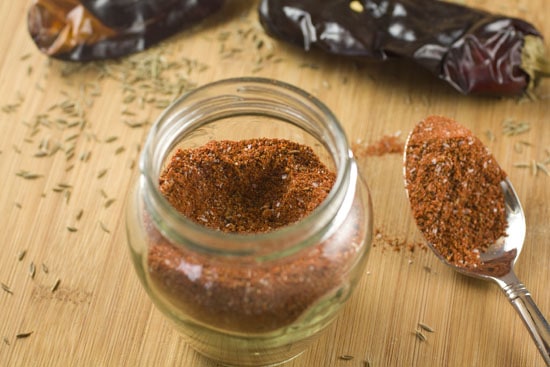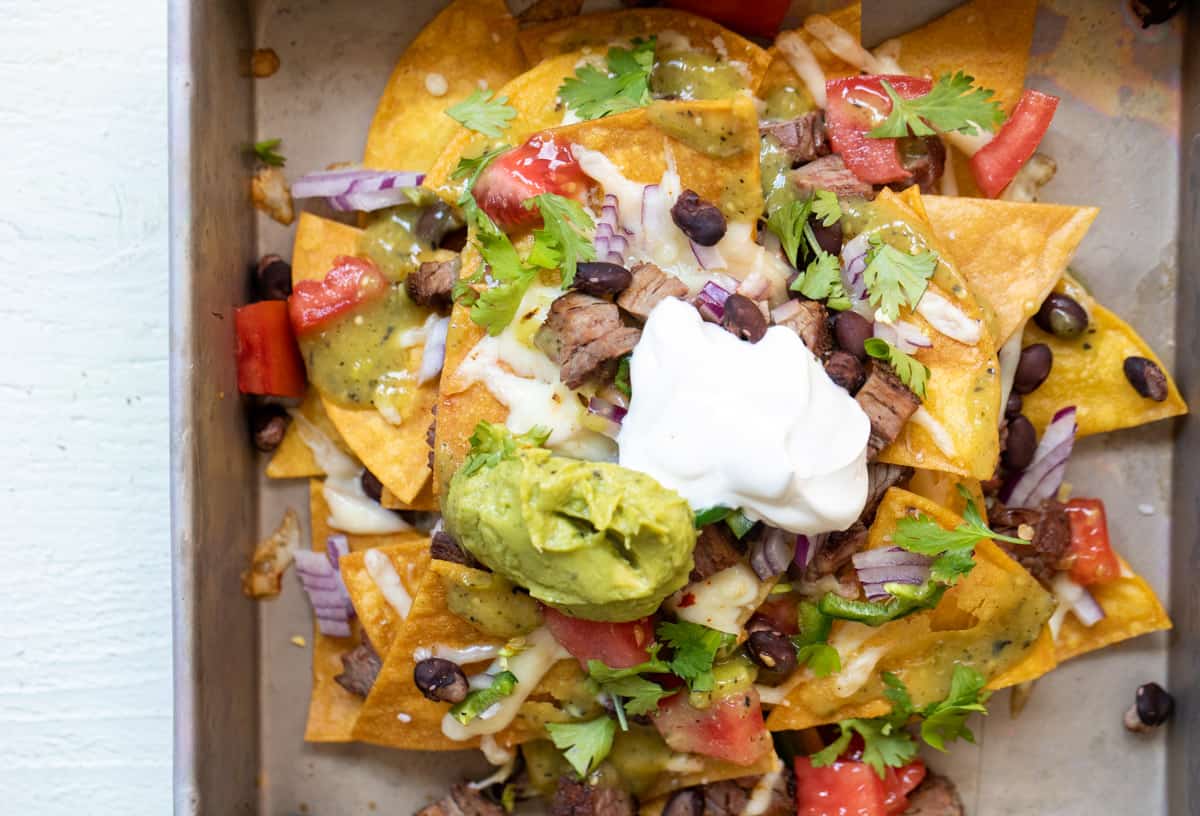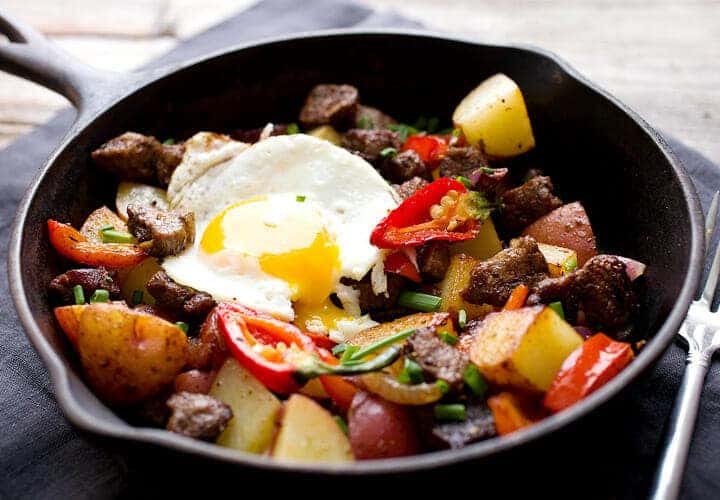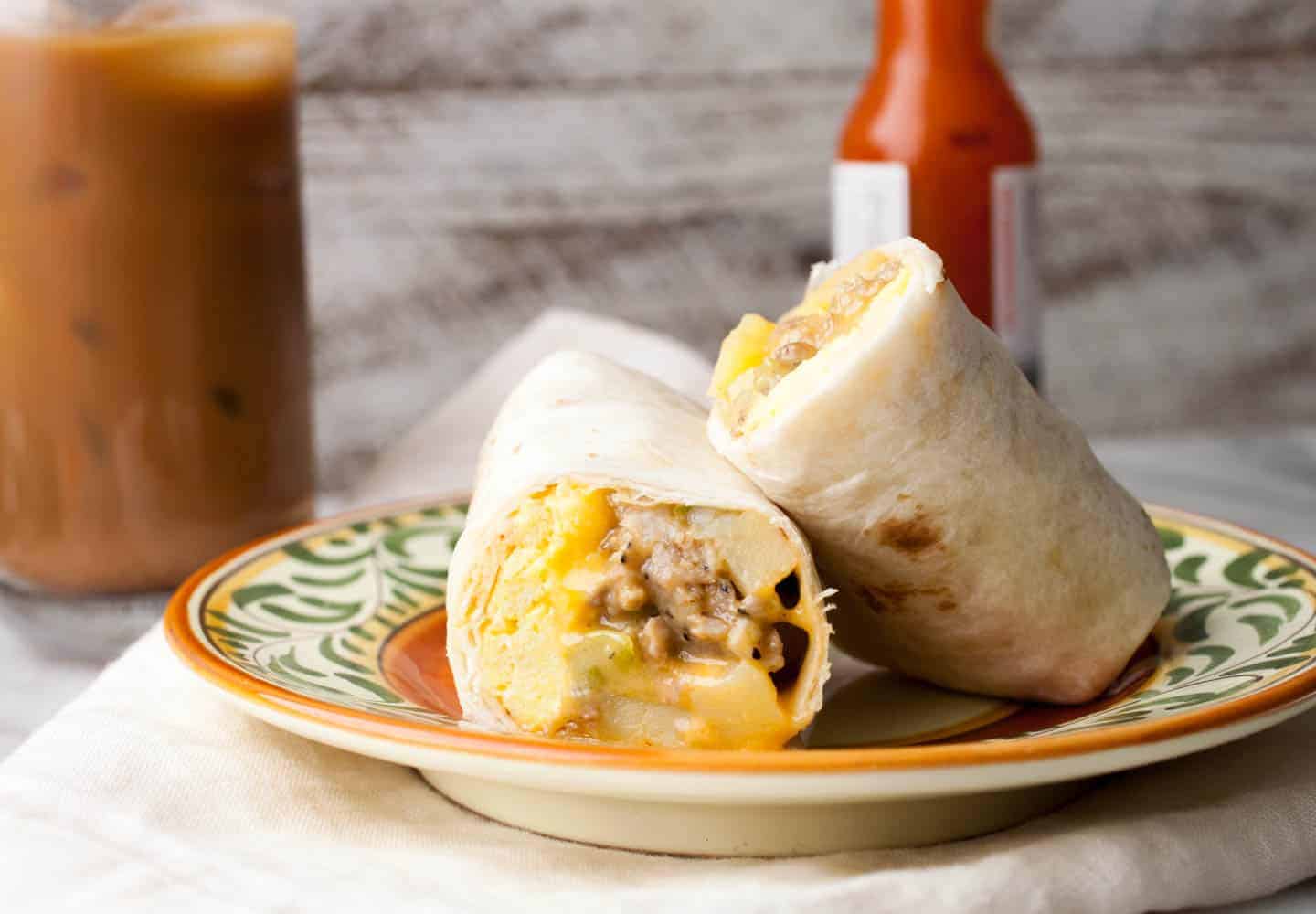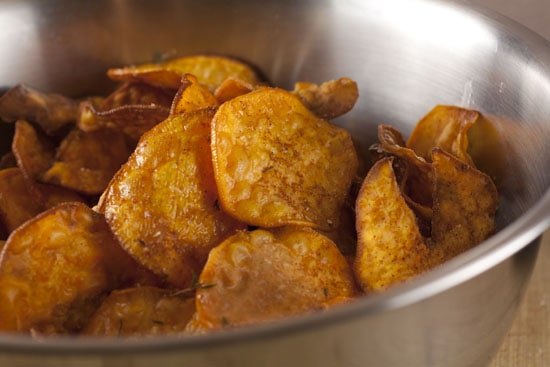Paprika: Important Facts, Health Benefits, and Recipes
Explore the world of paprika with our ultimate guide, covering its flavor, health benefits, history, and culinary uses, plus storage tips and substitutions.
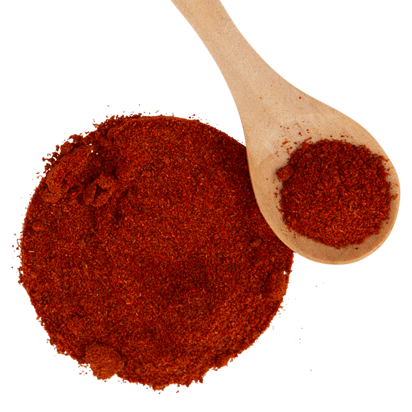
Nutritional Facts
1 tsp
Amount per serving
Calories
6.5
Carbohydrates
1.2 g
Fat
0.3 g
Protein
0.3 g
Saturated Fat
0 g
Sodium
1.6 mg
Fiber
0.8 g
Sugar
0.2 g
Best Paprika Recipes
-
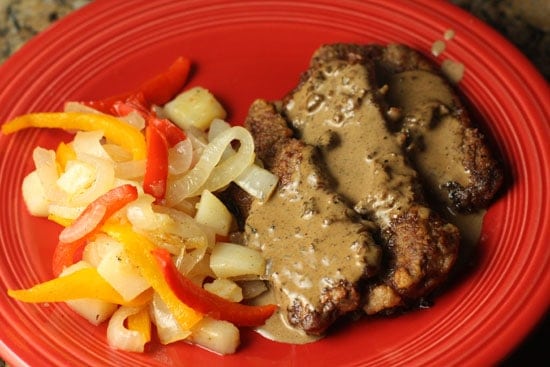
-

-
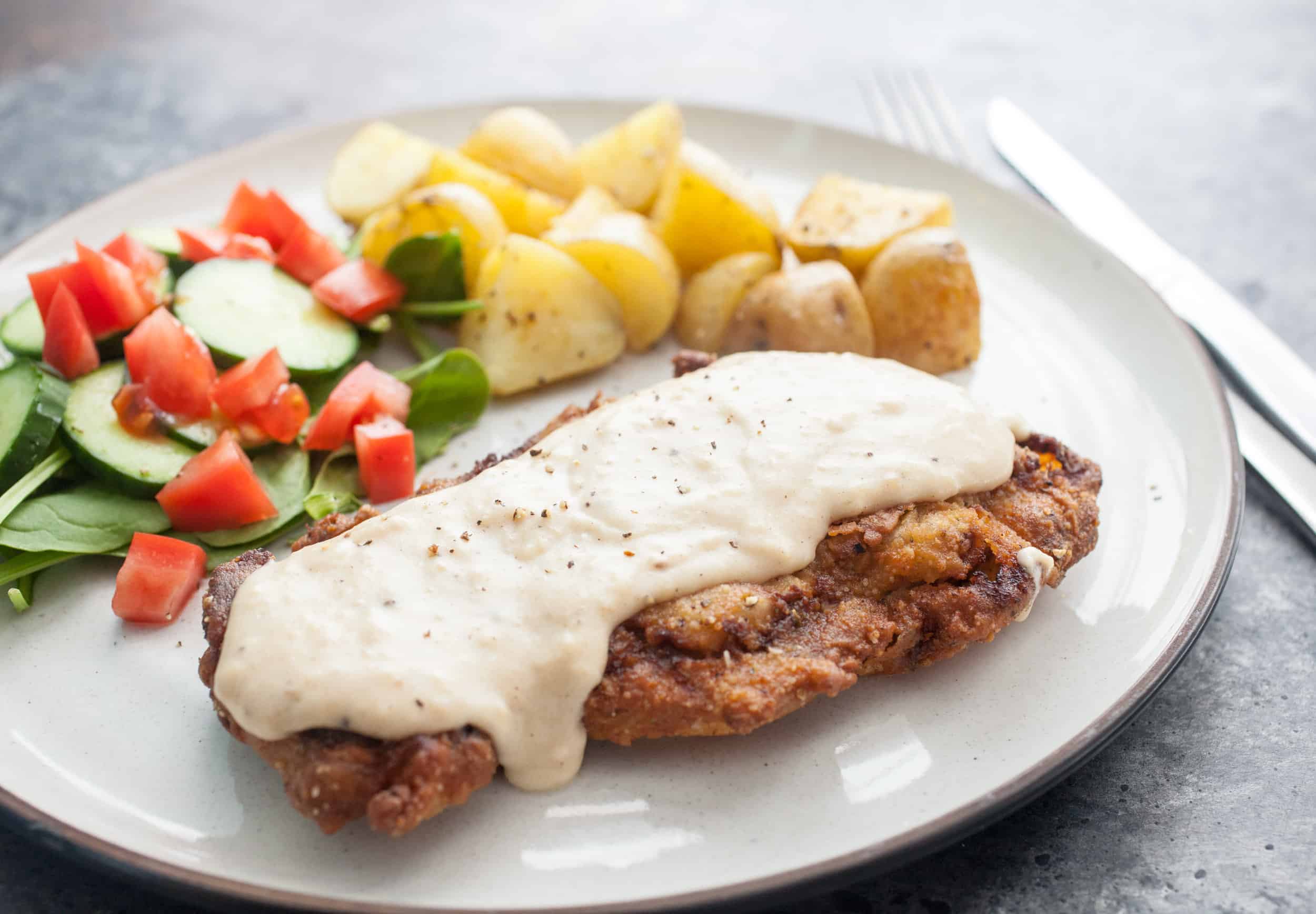
-
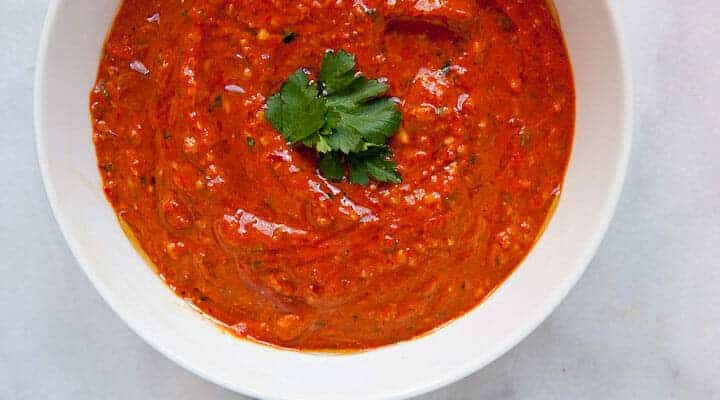
-
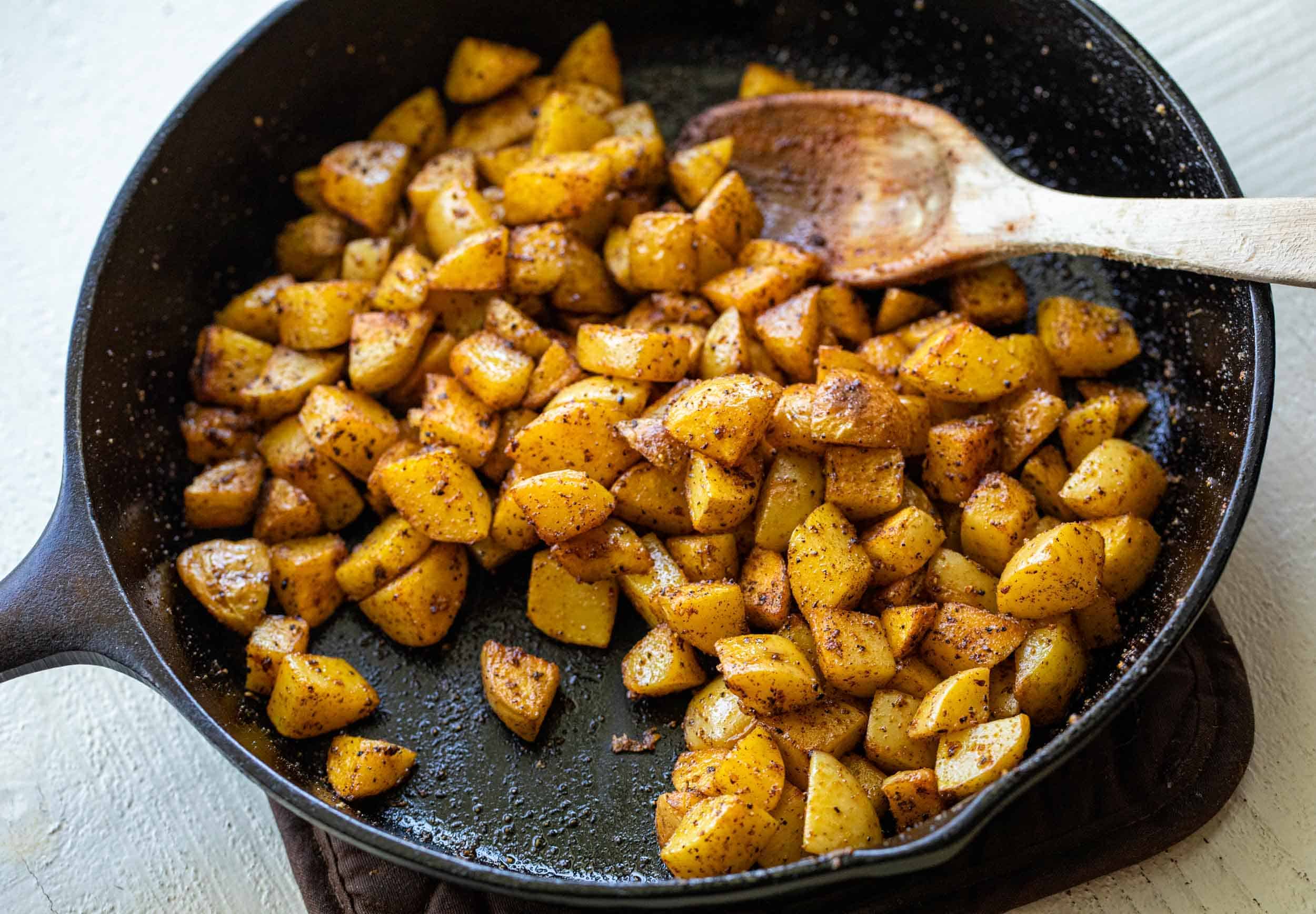
-

-

-
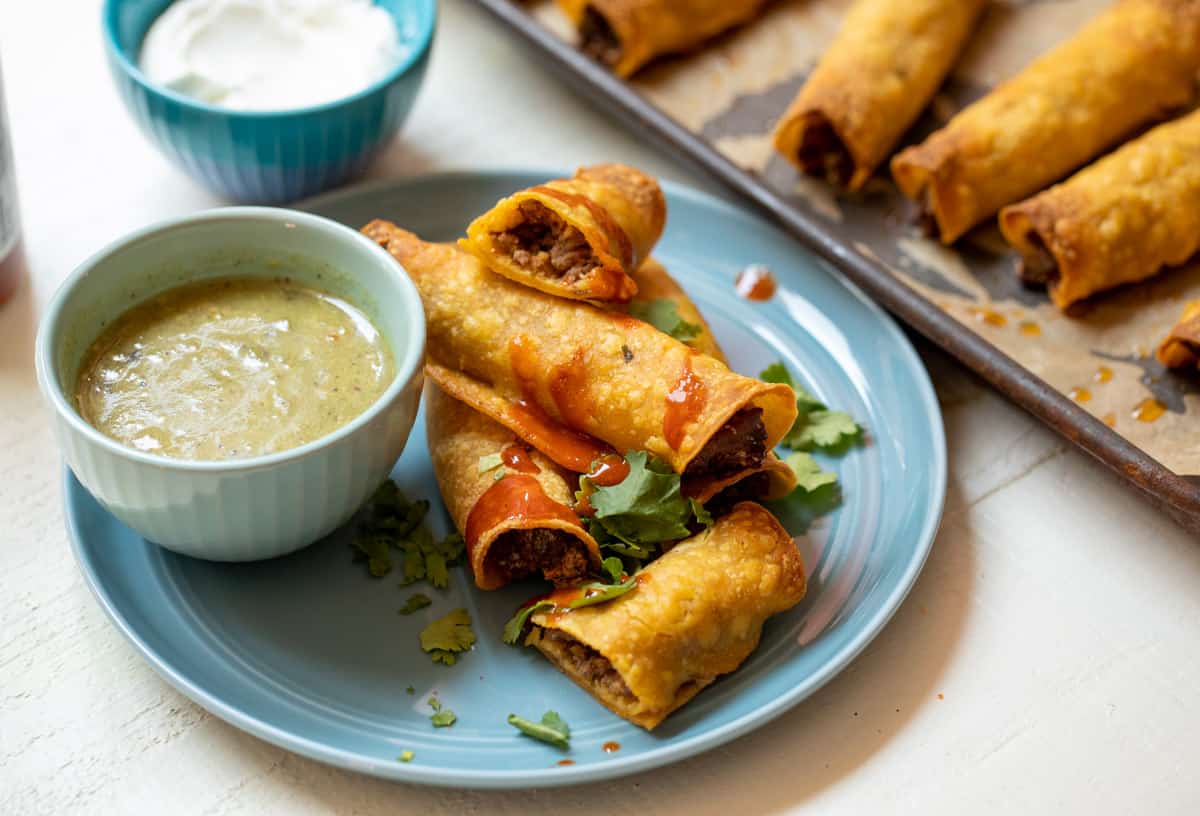
-
![Crispy Rice Image]()
-
![Waffle Maker Home Fries Image]()
-
![A Middle Eastern Lunch Image]()
-
![13 Bean Soup (Vegetarian) Image]()
-
![Mojo Chicken Image]()
-
![Paprika Mediterranean Chicken Image]()
-
![Smashed Breakfast Potatoes Image]()
-
![Bite-Sized Blooming Onions Image]()
-
![Three Homemade Dry Rubs Image]()
-
![Braised Collard Greens Image]()
-
![Hot Dog Hash Image]()
-
![Homemade Spicy Chips Image]()
-
![Bacon Hash Image]()
-
![Fried Green Beans Image]()
-
![Corn Souffle Image]()
-
![Sausage and Tortilla Breakfast Casserole Image]()
-
![Chimichurri Pork Rice Bowls Image]()
-
![Nashville Hot Chicken Strips Image]()
-
![Baked Fried Chicken Image]()
-
![Breakfast Bowls Image]()
-
![Kidney Bean Soup Image]()
-
![Pepper Chicken Enchiladas Image]()
-
![Easy Chicken Sheet Pan Supper Image]()
-
![Sweet Potato Hatch Chile Hash Image]()
-
![Cheesy Savory Monkey Bread Image]()
-
![Red Onion Strings Image]()
-
![Pork Vindaloo Image]()
-
![Peri Peri Chicken Image]()
-
![Slow Roasted Chicken Wings Image]()
-
![Three Chicken Wing Variations Image]()
-
![Classic Monte Cristo Sandwich Image]()
-
![Green Eggs & Ham Image]()
-
![Homemade Taco Seasoning Image]()
-
![Carne Asada Nachos Image]()
-
![Carne Asada Hash Image]()
-
![Shrimp and Grits Image]()
-
![Make Ahead Breakfast Burrito Pouches Image]()
-
![Red Bliss Potato Salad Image]()
-
![Sweet Potato Chips Image]()
-
![Chili Gravy Enchiladas Image]()



